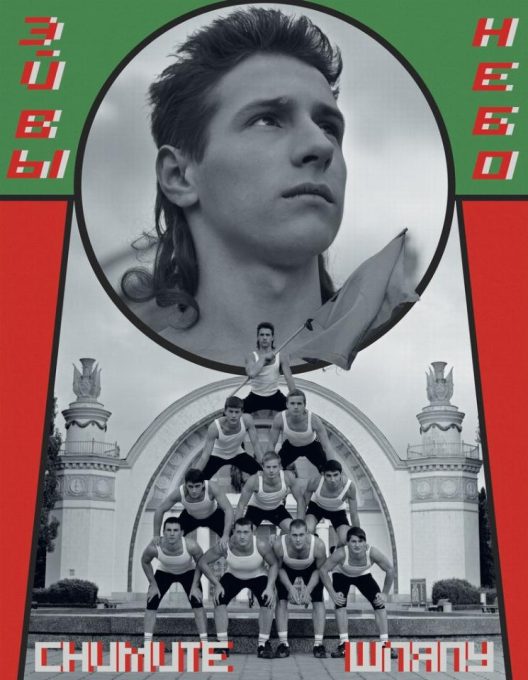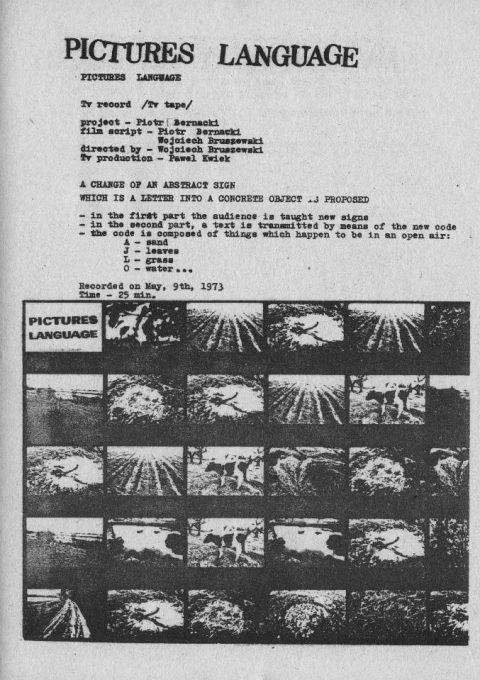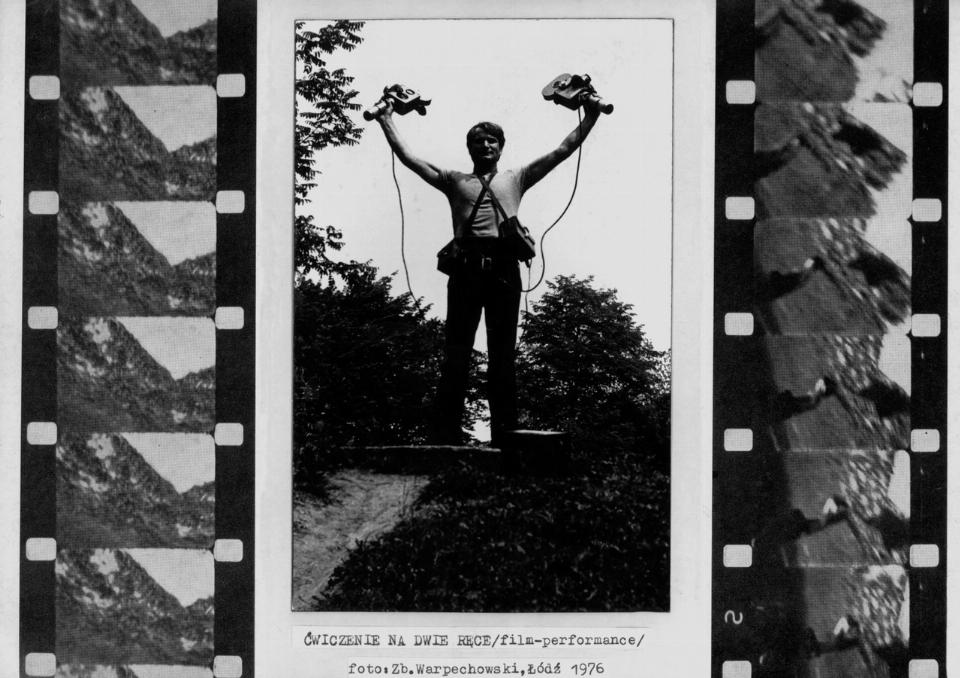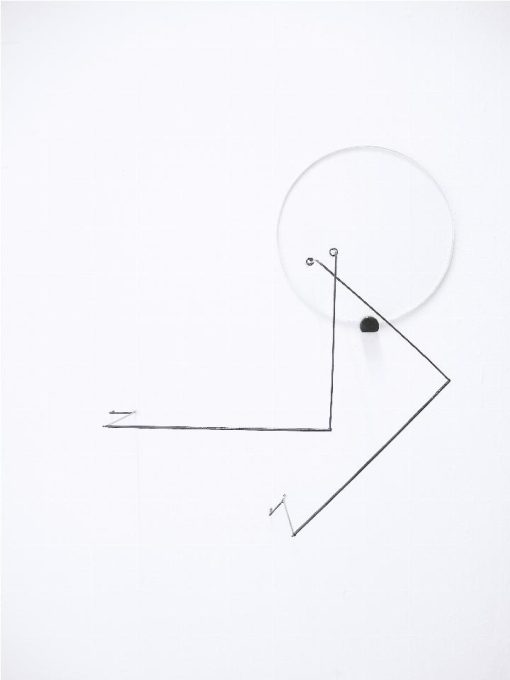Kino-Eye. Around Vertov and Constructivism
Kino-Eye. Around Vertov and Constructivism
In the 1920s Russian Constructivists revolutionized the approach to artistic practices. A new way of seeing, demanded by them, involved radical photographic and filmic experiments. Dziga Vertov’s Kino-Eye project that followed liberated cinema from the power of literature and theatre once and for all. For the first time ever, a film was to be made without actors, directors, scenic or costume designers. The idea involved exploration of the potential of images recorded by the movie camera. Vertov believed that the camera can “see better” than humans because it eliminates all deformations and illusions of the human eye. He insisted that the movie camera has a magical power and can reveal the truth about the world in a way never experienced by the physiological sense of sight. Kino-eye – the mechanical eye of the camera reflected the utopian faith in limitless possibilities of cognition, and film editing – in unbounded possibilities of creation. Kino-eye is also an eye outside of the human body. An eye that is a machine and can move freely, so it can be anywhere and record what is inaccessible for the natural eye. In the final frames of the film The Man with a Movie Camera (1929) Vertov ultimately and expressively identifies his own sight with the sight of the machine.
The exhibition Kino-Eye. Around Vertov and Constructivism problematizes the legacy of the ideas of Vertov and Russian Constructivism in contemporary Polish art. It demonstrates how the artist’s revolutionary ideas and the demands put forward by LEF (Levy Front Iskusstv – Left Front of the Arts) are fulfilled in the practices of contemporary creators. The show is hosted by the Arsenal Gallery in Białystok, Vertov’s hometown (his real name was Denis Arkadievich Kaufman); he lived here until he left for Moscow when he was nineteen. In Białystok he wrote his first texts and received artistic education, which led to more radical experiments in the years to come. It is in the sphere of ideas that Vertov is present at the Białystok exhibition; the show comprises very diverse artworks which, however, all explore new meanings of the avant-garde revolt. The exhibition poses the following questions: what remains of the Constructivist film aesthetics of the 1920s in contemporary culture? How do contemporary Polish artists assimilate and transform (consciously or not) the revolutionary ideas of Vertov and the Constructivist avant-garde in general? What do we owe to Vertov, Constructivists and their exciting discoveries? How far has Vertov changed our attitude to visual arts and moving pictures?
The exhibition offers a wide and varied selection of artworks: from pieces created in the late 1960s to new ones made especially for this show; from filmic and photographic experiments to sculptural objects, multimedia installations and paintings. It shows a diversity of problems regarding representation and creation of the world with the camera; constructing time and space in film; the psychology and physiology of visual perception; the idea of the mechanical eye and body; exploration of new possibilities of cognition; relations between the photographic or filmic medium and the camera and perceived reality. On the other hand, exhibited works, created in another time, place and with other techniques than experiments carried out in the 1920s and 30s, highlight the meaning and importance of the latter. They all demonstrate that the Constructivist spirit can be found in very diverse artistic disciplines and at the exhibition they form an intriguing sequence of meanings: camera-seeing-machine-body-mind-history-new media. Some of the displayed works refer directly to the figure of Vertov and his films. At the show, there are also objects and video pieces which recall the aesthetics of some famous works by Russian Constructivists: Rodchenko’s posters, paintings and constructions, Tatlin’s Tower or El Lissitzky’s photographic experiments. Some are clear allusions to the aesthetics of Soviet propaganda. Exhibited together for the first time, they demonstrate the essentiality of the avant-garde revolution for contemporary visual and audiovisual culture.
Przemysław Strożek
translated form Polish by Monika Ujma
Cooperation from the gallery: Agata Chinowska
Anna Baumgart, Kuba Bąkowski, Kazimierz Bendkowski, Wojciech Bruszewski, Attila Csörgő, Aleksandra Czerniawska, Zbigniew Gostomski, Grupa Budapeszt, Krzysztof Kieślowski, Tomasz Konart, Paweł Książek, Marlena Kudlicka, Paweł Kwiek, Norman Leto, Jolanta Marcolla, Anna Molska, Joanna Rajkowska, Józef Robakowski, Zbigniew Rogalski, Zbigniew Rybczyński, Ryszard Waśko, Piotr Wyrzykowski

PLAN YOUR VISIT
Opening times:
Thuesday – Sunday
10:00-18:00
Last admission
to exhibition is at:
17.30





